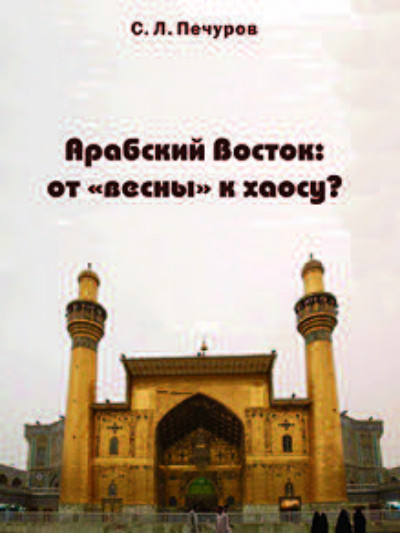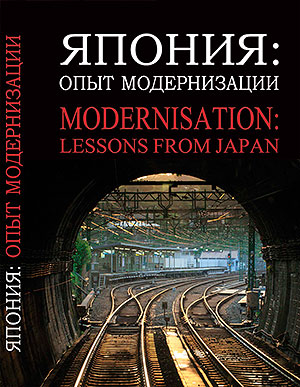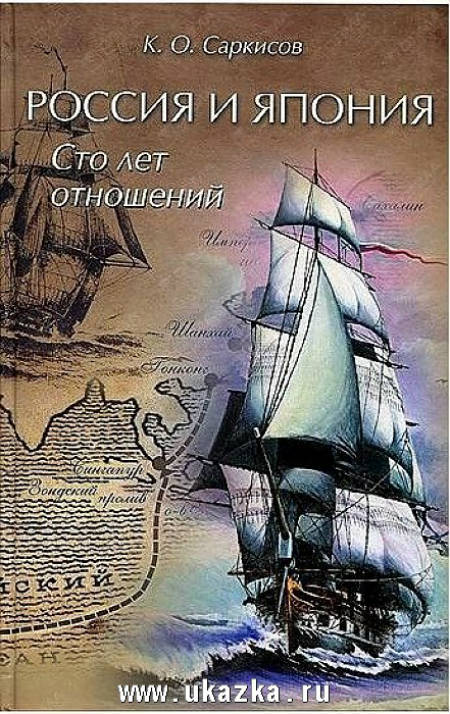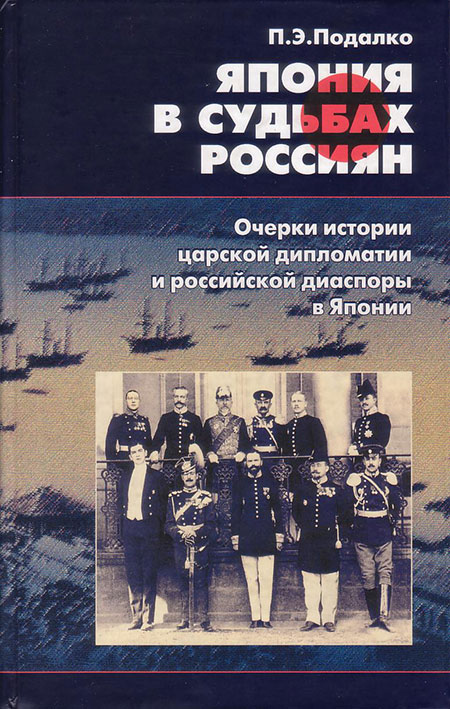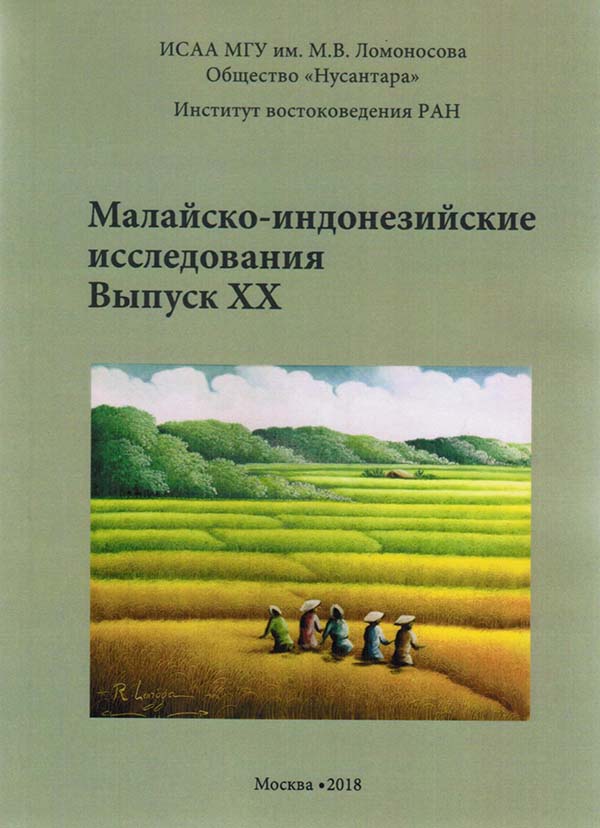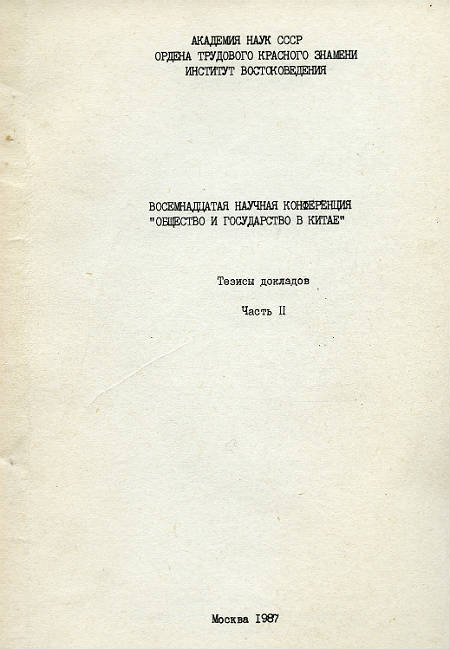Book
History of Iraq. 20th Century
Institute of Oriental Studies of the Russian Academy of Sciences
Москва, 2016, 663 p.
The Republic of Iraq is an Arab state located in South-West Asia in the interfluves of the Tigris and Euphrates, on the territory of ancient civilizations that once existed in Western Asia. The Iraqi population, according to estimates for 2003, was 25,5 million people. By its national-ethnic and confessional composition it is a rather mixed picture. The most part of the population is represented by the Arabs and Kurds. In this work, the author makes an attempt to trace the milestones of the history of one of the key Arab Middle Eastern countries, viz. Iraq. The book consists of the Introduction, ten Chapters, Conclusion, and Afterword. The chronology of the main events in Iraq is also supplied. The historical events during 20th cent. are outline by the author in a broad regional context. The main events of the 19th cent. that determined the historical development of Iraq for the next century are briefly analysed. The introduction of this book acquaints readers with the geographical location of Iraq – Mesopotamia, its nature, resources, population, the significance of this country in history as one of the ancient centers of civilization and the center of the world culture in the period of Baghdad (Abbasid) Caliphate that left the rich heritage. Chapter 1 describes the situation in the eastern vilayets of the Ottoman Empire – the future territory of Iraq – from the late 19th century till the World War I. Also the importance of Iraq in British aggressive plans is noted here. Chapter 2 contains material (1914 – 1932) about the English occupation of the Ottoman eastern provinces, setting them under its mandate, and the proclamation of the Kingdom of Iraq with the head Prince Faisal Hejaz. In Chapters 3 and 4 the author presents the processes and events in Iraq during the monarch period (1932 – 1958) from the proclamation of independence till the revolution in 1958. These years were marked by some changes in the economy, its social and political life, a strong power struggle, a suppression of the continuous ethnic, religious and social conflicts. The author analyses the internal and external factors. Chapters 5 to 10 present the history of Iraq under different nationalistic regimes. In the Conclusion the author summarizes the history of Iraq in the 20th century. Afterword briefly highlights the situation in Iraq after the war between the USA and its allies against Iraq in March – April 2003, the occupation of the country, the overthrow of the Baathist dictatorship, the execution of Saddam Hussein and results of establishing this country a “democratic” system of the Western model. The author also assesses the occupation of Iraq in 2003. She considers that it was a logical continuation of political and economic regional processes of the previous period and an influence of the world globalization that spread to the entire region. Between the USSR and Iraq, there were many-side relations based on mutual interest in such basic branches as electric power engineering, machine building, oil fields, military-technical industry, as well as in cultural and educational activities, and many other spheres. Today, Russian companies, relying on the previous positions and accumulated experience, return to Iraq, despite the absence of security guarantees. Iraq was and will remain a close country to Russia.
РУССКАЯ ВЕРСИЯ: История Ирака. ХХ век


